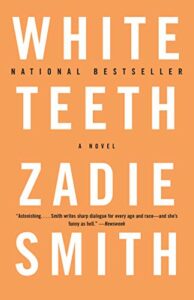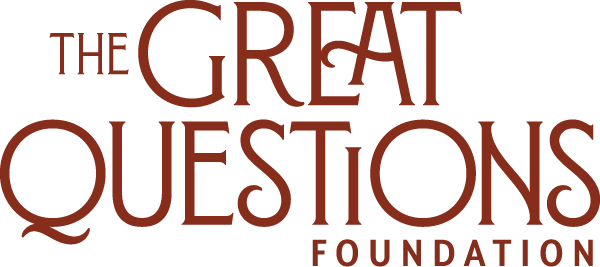In our section of society there’s no moral conscience except the conscience represented by public consensus and criminal law.
Leo Tolstoy
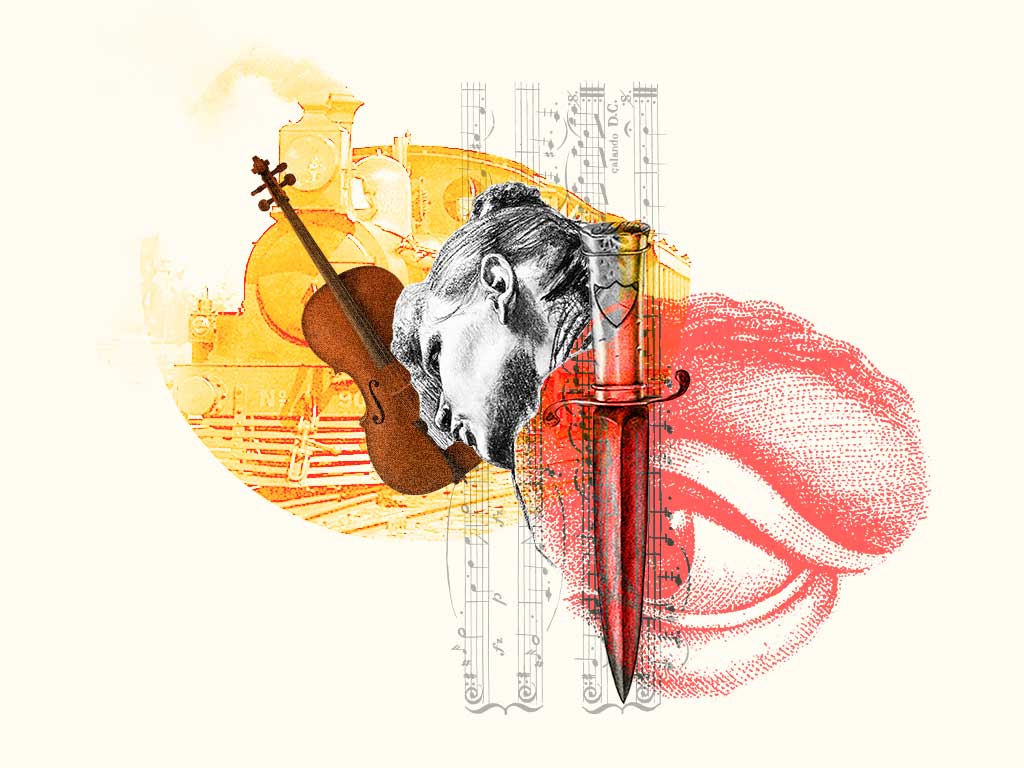
The Kreutzer Sonata
Leo Tolstoy
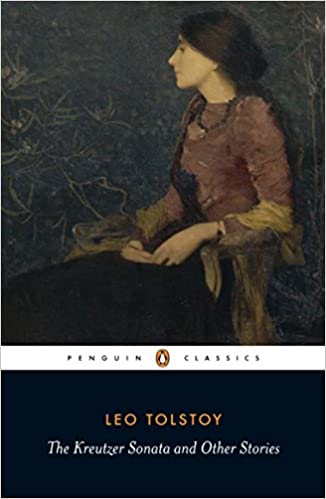
Tolstoy, Leo, et al. The Kreutzer sonata and other stories. London: Penguin, 2008. Print. ISBN: 0140449604
Pozdnyshev recounts the story of why and how he murdered his wife to a fellow traveler on an overnight train...
…in Leo Tolstoy’s haunting 1889 novella, The Kreutzer Sonata. His confession to the stranger strives to make sense of his senseless act through an analysis of the conditions that drove him to it. Pozdnyshev’s feverish tale is as much an indictment of modern romantic mores and marriage as a revelation of the deep suffering caused by a life led without honesty.
Why This Text is Transformative?
The Kreutzer Sonata raises important questions about the duality of human being as animal, governed by instinct and impulse, and spiritual, shaped by mutable law and tradition.
The Kreutzer Sonata raises important questions about the duality of human being as animal, governed by instinct and impulse, and spiritual, shaped by mutable law and tradition. Pozdnyshev’s story prompts readers to investigate this shared territory for the grounds of their own romantic relationships and provides a vivid physiological portrait of jealous rage. Tolstoy’s work highlights an often overlooked dimension of Beauty, its frightening capacity to inspire violence and self-delusion. While others exult the transformative power of love, music and culture in transfiguring human life, Tolstoy indicates that each may facilitate a transformation to a condition beneath the bestial. Pozdnyshev’s indictment of gender roles, sexual mores and so-called “high society” retains its power when applied to contemporary circumstances. While readers today will note great differences in our social relations, this text will implore them to ask which ones constitute an improvement, to what extent and at what expense.
A Focused Selection
Study Questions
Chapters 1-19
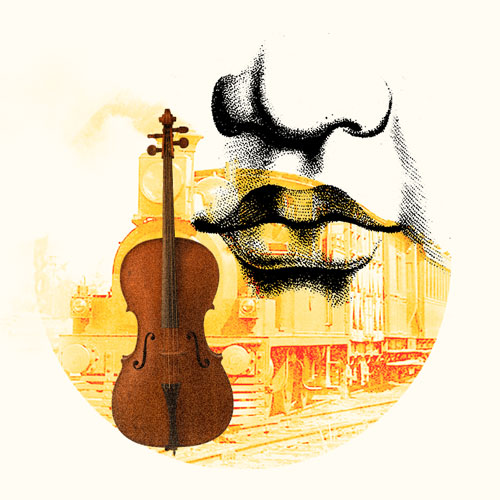
Meeting 1: Chapters 1-19
1) The story begins with some eavesdropping on a train. How are the customs and conventions of traveling today different from those as portrayed in this story? What stories have you overheard while traveling? Why might people be more open about their personal lives while traveling?
2) Pozdnyshev claims that all human love is, even at its best, self delusional physical lust. What are his best arguments for this claim and what would we need to know in order for this claim to be proved false?
3) In Chapter 12, Pozdnyshev explains how the first argument with his wife revealed the true nature of their relationship. What did it reveal and how did it do that? Consider arguments you’ve had with people whom you love. What did you or could you learn about your relationships from the arguments you’ve had within them?
Chapters 20-End
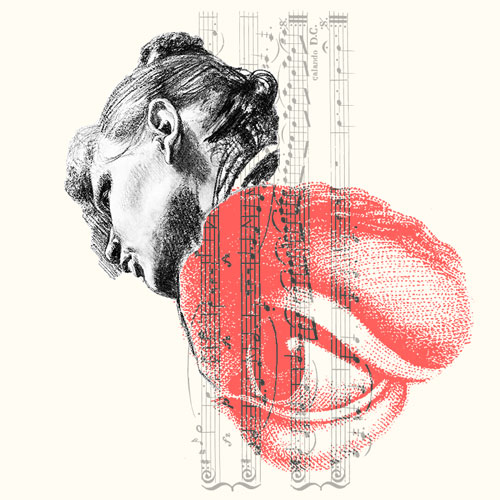
Meeting 2: Chapters 20-end
1) Why does Pozdnyshev characterize his rage and jealousy as “drunken enjoyment” and something which draws him into it, like a drug, compelling him to “rejoice in the ecstasy of [his] furious rage.”? How are jealousy and rage intoxicating? When have you been unable to let go of destructive thoughts or emotions even while fully aware of the damage they may do? What enabled you to overcome this?
2) Consider that you were a passenger on the train with Pozdnyshev as he was traveling home to catch his wife with her lover and he was willing to tell you his story up until that point. What might you say to him to avert the catastrophic conclusion of this story? Have you ever had to talk a friend out of doing something destructive? What was the outcome of that?
Building Bridges
Supplemental Resources
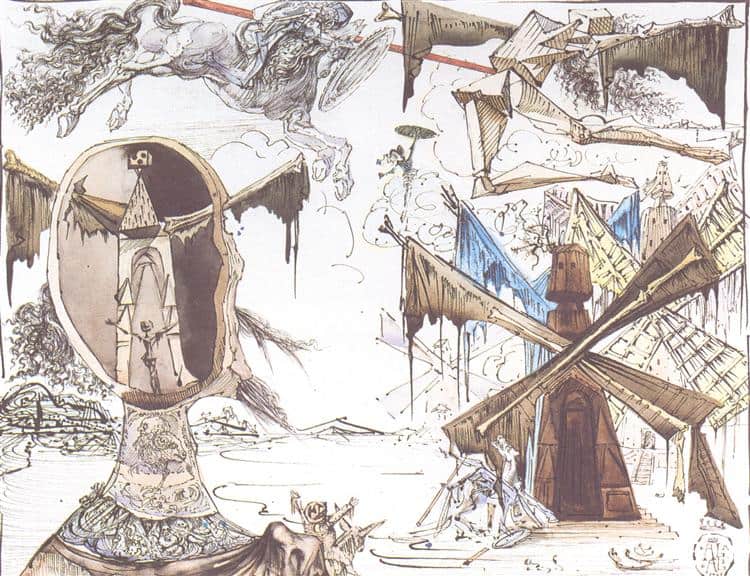
Don Quixote and the Windmills, 1945 - Salvador Dali - WikiArt.org
Don Quixote has been an inspiration for many visual artists. Spanish surrealist Salvador Dali returned to the novel multiple times throughout his long career, creating sketches, paintings, and sculptures of Don Quixote and Sancho, depicting important episodes in the book. A pairing of an episode with one of Dali’s works can lead to a stimulating discussion.
What details do students notice? What do his artistic choices suggest about his interpretation of the characters? To the extent that students are familiar with the story of Don Quixote, it is likely to be as it is filtered through the musical The Man of La Mancha. The musical has its own merits, and is framed by the interesting device of placing Cervantes on stage as a narrator, but of course it is impossible for it to capture much of the complexity of the book – and it alters the ending dramatically. Students may find it interesting to compare the two endings.
Text Mapping
Discipline Mapping
English/Composition Studies
Humanities
Psychology
Page Contributor


